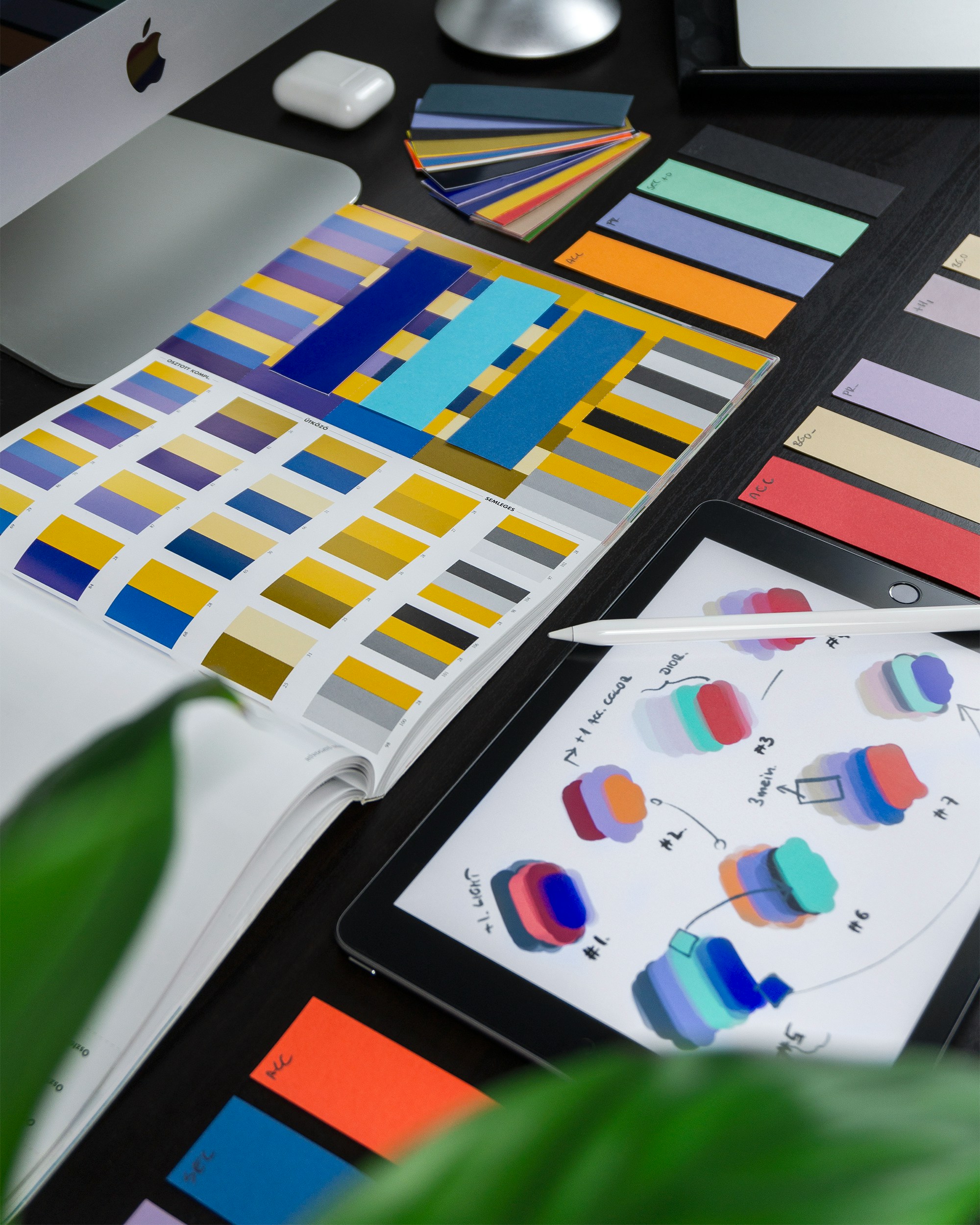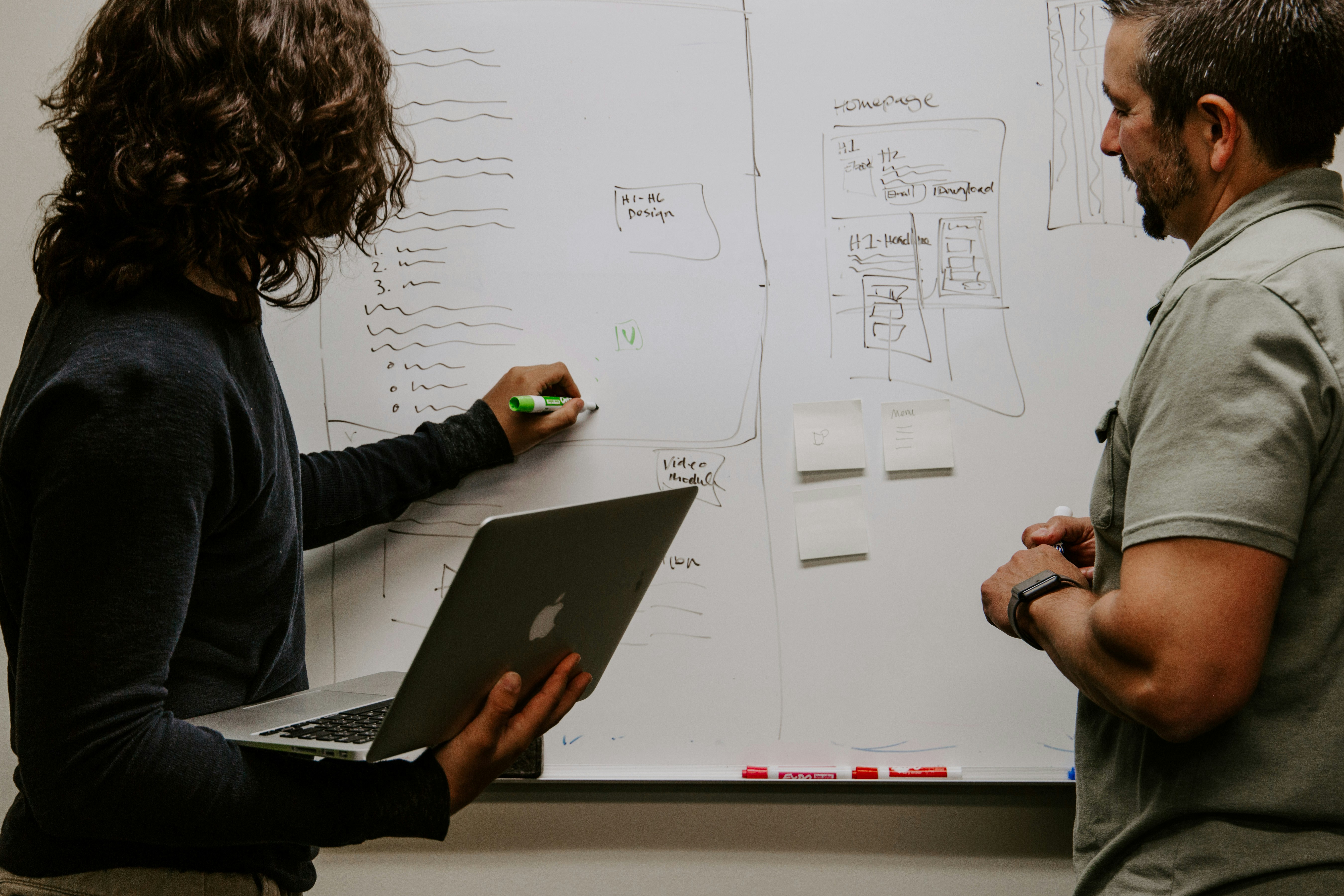The Future of Web Design: Trends and Innovations Shaping the Industry
1. Emphasis on User-Centric Design
In 2025, user experience (UX) remains paramount. Websites are no longer static platforms for information but dynamic, interactive spaces tailored to user needs. Designers are focusing on intuitive navigation, personalized experiences, and seamless interactions that ensure visitors stay engaged. Accessibility is also a key focus, with inclusive design practices ensuring that websites are usable by all, regardless of abilities.
User experience is the cornerstone of modern web design, creating sites that are not only beautiful but also functional and accessible.
2. Rise of No-Code and Low-Code Platforms
No-code and low-code platforms like Framer, Webflow, and WordPress continue to transform web development. These tools empower both designers and business owners to build professional-grade websites without extensive coding knowledge. As a result, agencies are shifting toward these platforms to deliver cost-effective, efficient, and scalable solutions.
No-code platforms are democratizing web design, enabling faster development and empowering more businesses to take control of their digital presence.
3. Dark Mode Design and Visual Appeal
Dark mode has become a staple trend, providing not only a visually striking look but also improving readability and usability, especially for users spending extended periods on devices. Designers are also incorporating vibrant color schemes and contrasting elements to create immersive and visually engaging experiences that captivate users.
Dark mode and bold visuals are shaping the future, providing a unique aesthetic and enhancing user engagement.
4. Performance and Speed Optimization
In today’s fast-paced digital world, website speed is critical. Users expect instant responses and seamless loading times. Web designers are now focusing heavily on performance optimization through techniques like server-side rendering, image compression, and content delivery networks (CDNs) to ensure faster website load times.
Speed and performance are no longer optional. Faster websites lead to better user experiences and improved search rankings.
5. Voice and AI Integration
With the rise of smart devices and voice search, web designers are integrating voice recognition and artificial intelligence (AI) capabilities into websites. This allows for more personalized, voice-activated user experiences, transforming how users interact with digital platforms.
AI and voice technology are revolutionizing how websites respond to user queries, providing intuitive and personalized interactions.
Work with us








